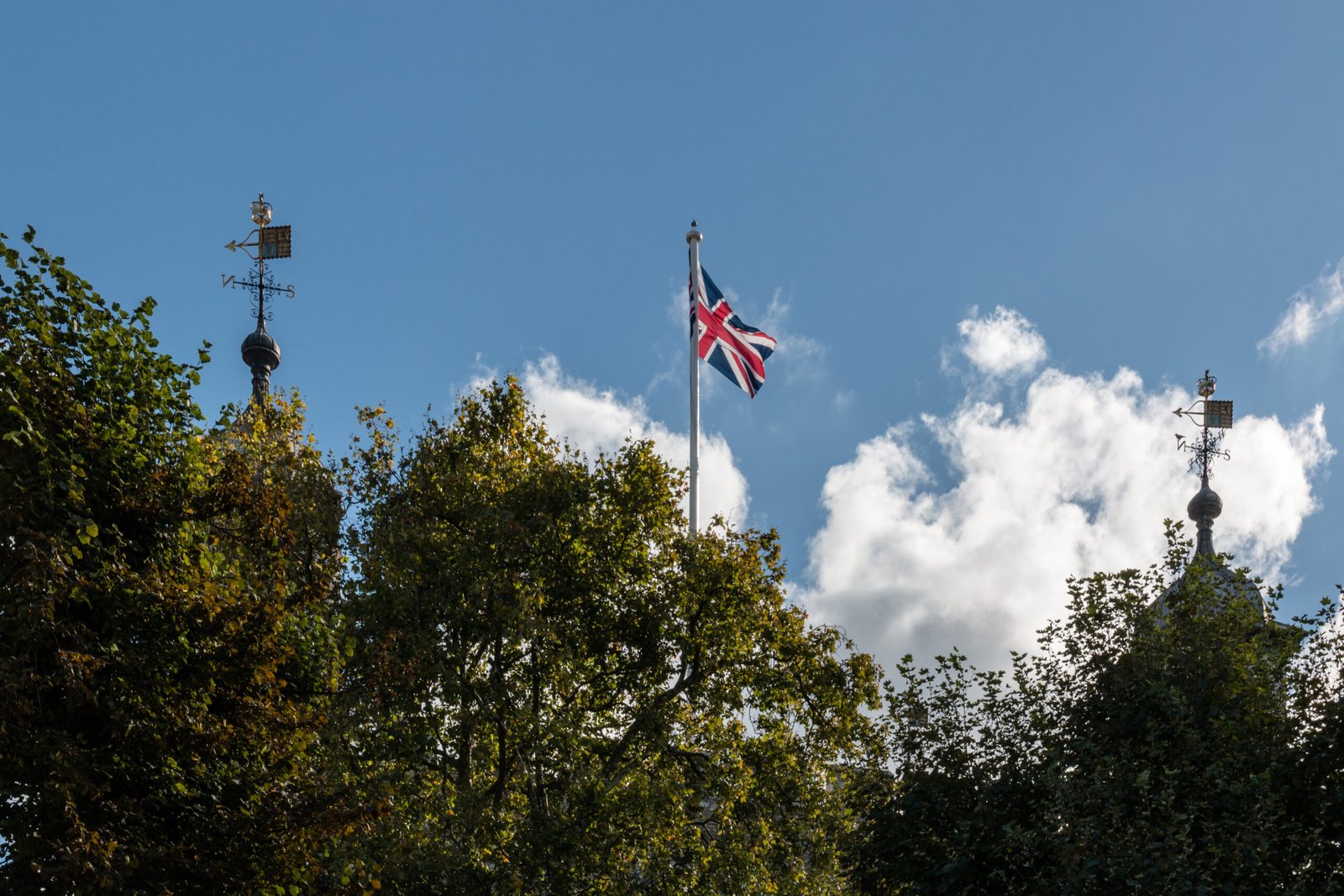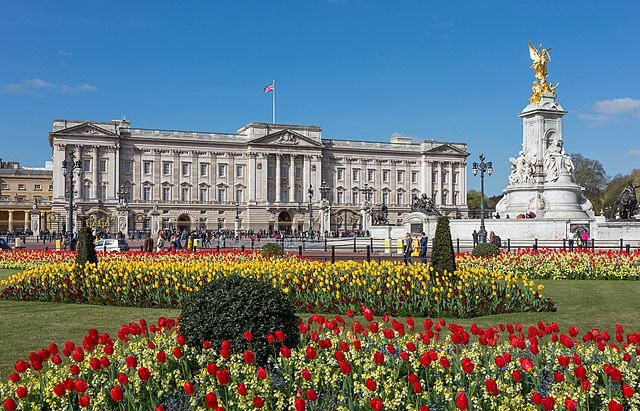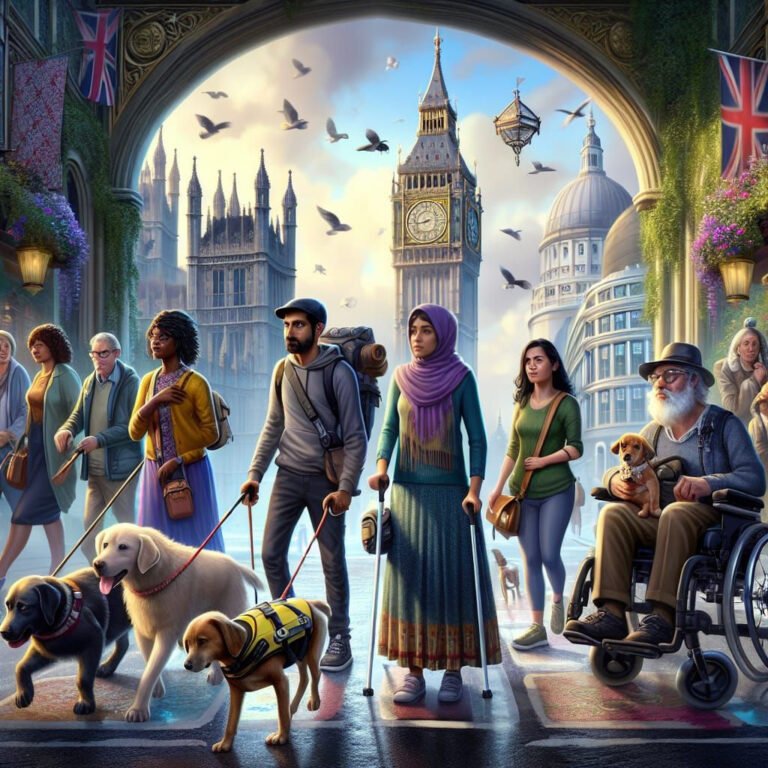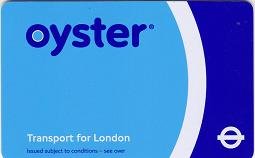Best Time To Visit London and What To Pack?
The National Weather Obsession:
Best Time To Visit London and What To Pack? The British weather is notoriously unpredictable, fostering a national obsession. Discussing it is a safe, neutral social lubricant, a default for greeting strangers or filling awkward silences. This shared daily experience, swinging rapidly from sun to showers, creates a common bond and a perpetual topic of complaint, conversation, and connection that unites Brits across all backgrounds. It’s the ultimate icebreaker.
Need a Forecast:
The BBC Weather , ( website or app), delivers reliable, hyperlocal forecasts with its trusted meteorological data. It provides detailed hourly and daily predictions, including precipitation chances and severe weather warnings. With a clean, user-friendly interface and optional push notifications, it efficiently keeps users informed and prepared for conditions in their immediate vicinity and beyond.
What Type Of Weather Can be Expected? Best time for Warmth & Minimal Rainfall:
Best Time To Visit London and What To Pack?
Weather Conditions By Month:
January
- Winter in London is cold and damp.
- Average temperature: 2-8°C (36-46°F).
- Occasional snowfall, particularly in January.
- Short daylight hours.
February
- Similar to January, with cold temperatures.
- Average temperature: 2-9°C (36-48°F).
- Increasing daylight hours.
March
- Transition to spring begins.
- Average temperature: 4-12°C (39-54°F).
- Increasingly milder and more sunny days.
- Chance of rain.
April
- Spring fully takes hold.
- Average temperature: 6-15°C (43-59°F).
- Warmer days, occasional showers.
- Cherry blossoms and other flowers bloom.
May
- Pleasant spring weather.
- Average temperature: 9-18°C (48-64°F).
- Increasingly sunny days.
- Longer daylight hours.
June
- Early summer with mild to warm temperatures.
- Average temperature: 12-21°C (54-70°F).
- Longer days with daylight lasting until late evening.
- Occasional rain showers.
July
- Peak of summer with warm temperatures.
- Average temperature: 14-23°C (57-73°F).
- Sunny days with occasional heatwaves.
- Lower chance of rain.
August
- Continuation of summer warmth.
- Average temperature: 14-23°C (57-73°F).
- Potential for hot days.
- Generally dry weather.
September
- Transition to autumn begins.
- Average temperature: 12-19°C (54-66°F).
- Mild and pleasant weather.
- Increasing chance of rain.
October
- Autumn sets in with cooler temperatures.
- Average temperature: 9-15°C (48-59°F).
- Leaves start changing colors.
- Increasing rainfall.
November
- Cool and damp weather.
- Average temperature: 6-11°C (43-52°F).
- Shorter days and longer nights.
- Increasingly frequent rain showers.
December
- Winter returns with cold temperatures.
- Average temperature: 3-8°C (37-46°F).
- Short days with early sunsets.
- Possibility of snowfall, particularly towards the end of the month.
Overall, London’s temperate maritime climate ensures generally mild winters and cool summers. The weather remains famously changeable, often shifting throughout the day. While not excessively rainy, the city experiences a consistent chance of occasional precipitation year-round, making it wise for residents and visitors to always be prepared for a potential shower.
Best Time To Visit London and What To Pack?
Clothing Reccommendations By Season:
Spring (March to May
- Lightweight layers: Long-sleeved shirts or blouses paired with a sweater or light jacket.
- Trousers or jeans.
- Comfortable walking shoes or sneakers.
- Umbrella or waterproof jacket for occasional showers.
- Scarf and gloves for cooler days.
Summer (June to August)
- Light and breathable clothing: T-shirts, shorts, skirts, or dresses.
- Sun hat and sunglasses for sun protection.
- Comfortable sandals or sneakers for walking.
- Sunscreen to prevent sunburn.
- Light rain jacket or compact umbrella for occasional rain showers.
Autumn (September to November)
- Layered clothing: Long-sleeved shirts, sweaters, and light jackets or coats.
- Trousers, jeans, or skirts with tights.
- Closed-toe shoes or boots for cooler weather.
- Scarf, gloves, and a hat for chilly days.
- Waterproof jacket or coat for rainy days.
Winter (December to February
- Warm and insulated clothing: Heavy coats, sweaters, and thermal layers.
- Thick trousers or jeans.
- Boots with good traction for icy or wet conditions.
- Scarf, gloves, and a hat to stay warm.
- Umbrella or waterproof jacket for rain or snow.
- Consider thermal underwear for extreme cold spells.
Additionally, it’s always a good idea to check the weather forecast before heading outdoors, as conditions can change quickly in London. Being prepared with appropriate clothing ensures comfort and enjoyment during outdoor activities throughout the year.
Best Time To Visit London and What To Pack?
Summary:
Planning a London trip involves considering both timing and packing. The “best time” varies: spring (March-May) and autumn (September-October) offer milder weather and fewer crowds, ideal for sightseeing. Summer (June-August) brings warmer temperatures and vibrant city life, while winter (December-February) showcases festive charm. Packing for London requires versatility. Layers are key, as weather shifts unpredictably. A waterproof jacket and comfortable shoes are essential year-round. Don’t forget an umbrella! Adapting to London’s changeable climate ensures a comfortable and enjoyable experience, whatever the season.
Other Posts Related to This Article:-
- Where can I Worship My Faith in London?
- London Opening Times & UK Public & Religious Holiday Dates
- Is London a Safe Place for Tourists to Visit: What Safety & Security Should I Think About!












